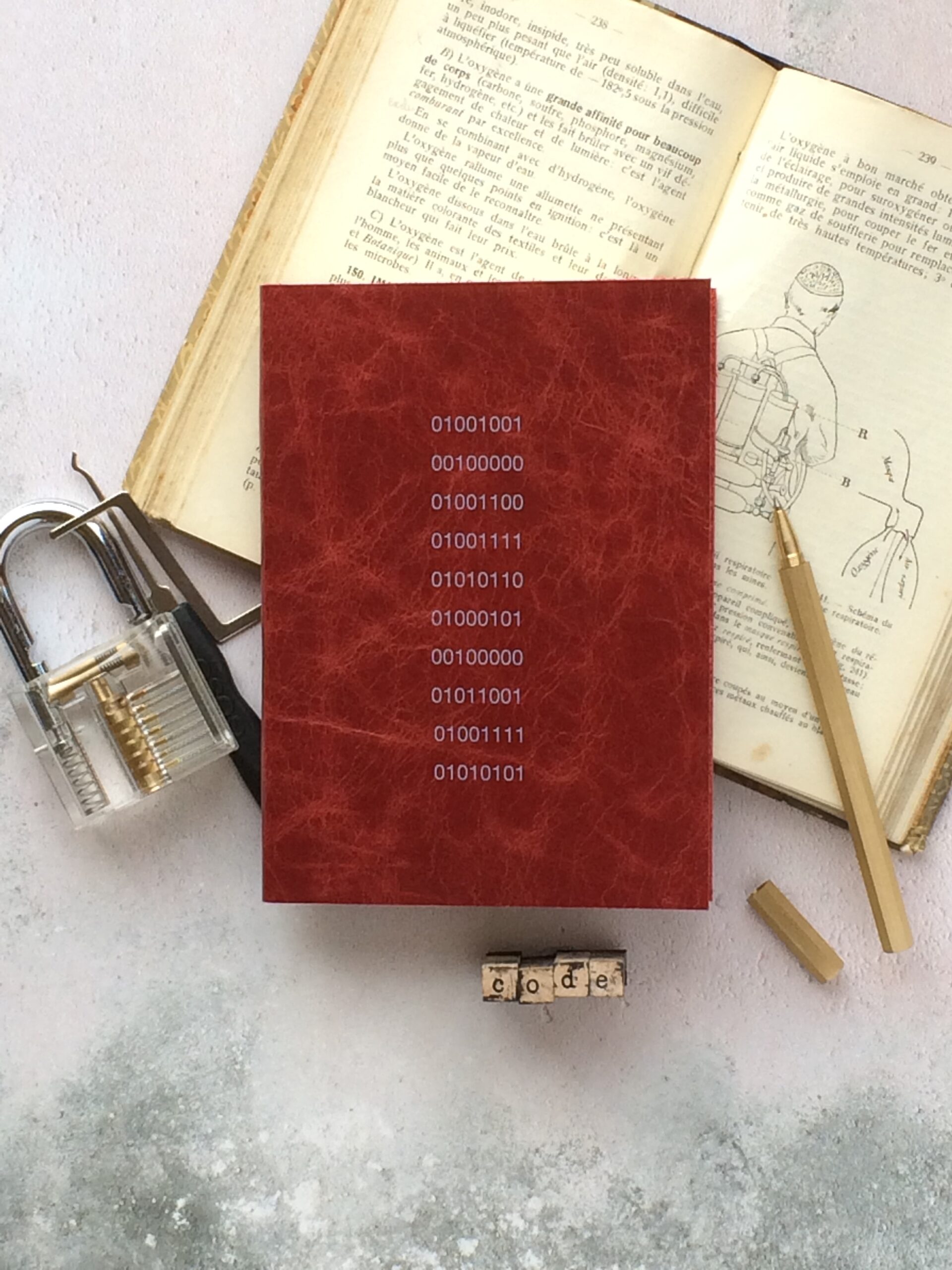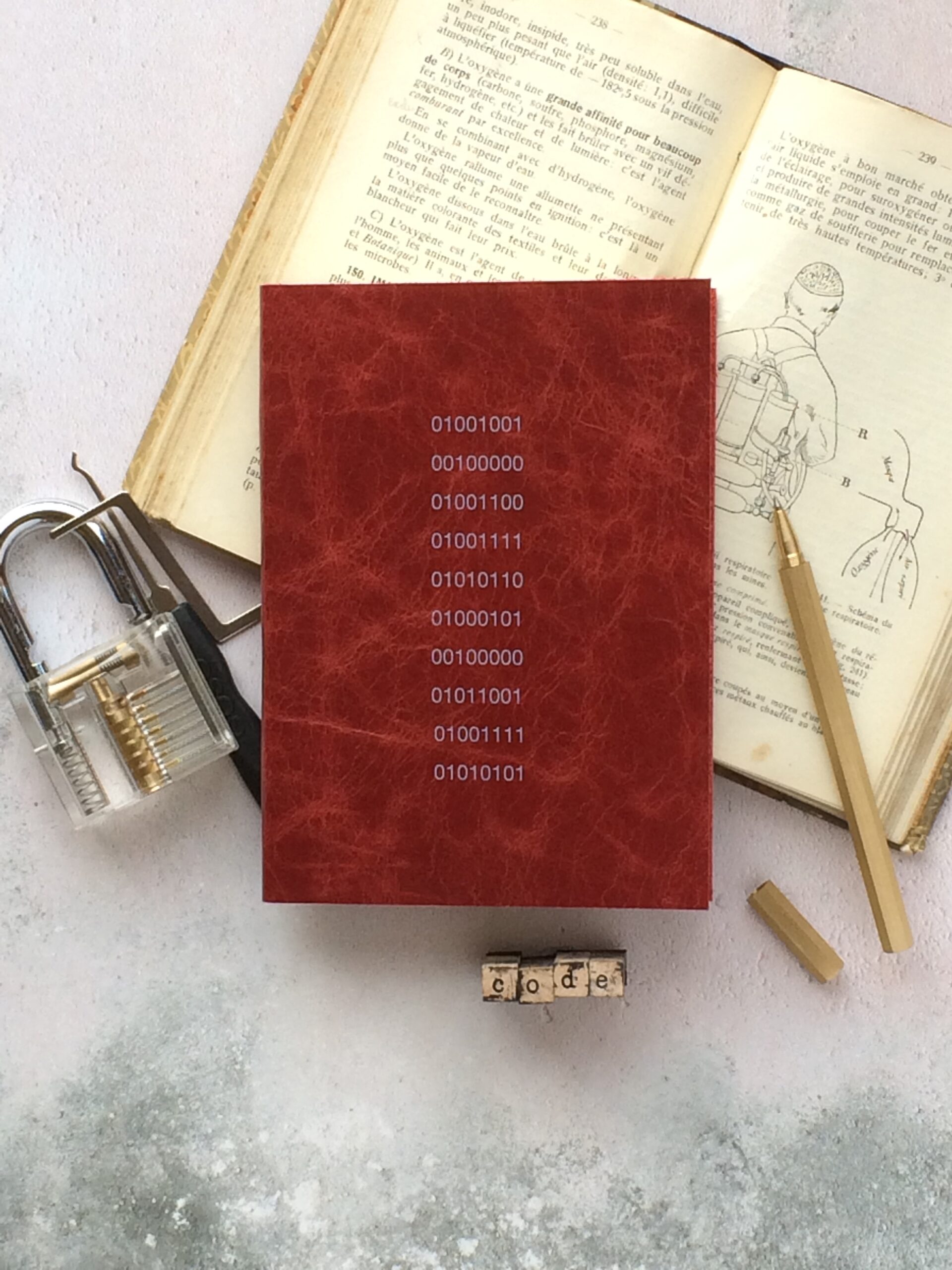Imagine being stranded on a desert island with no means of communication. You’re in desperate need of help, but how do you let others know? In this article, we will explore the fascinating world of Morse code and discover how you can use this simple, yet powerful method to signal for help in times of distress. From understanding the basics to mastering the art of communication through a series of dots and dashes, learning Morse code may be your key to summoning assistance when all else fails. So, let’s embark on this journey together and unlock the secrets of Morse code!
Understanding Morse Code
Basics of Morse Code
Morse Code is a method of communication that uses a series of dots and dashes to represent letters and numbers. It was developed by Samuel Morse and Alfred Vail in the 1830s and is still used today in various applications. In Morse Code, each letter and number has a unique combination of dot and dash sequences, which can be transmitted using sound, light, or electrical signals.
Morse Code History
Morse Code finds its roots in the early 19th century when Samuel Morse, a renowned American inventor, and Alfred Vail, his assistant, worked together to create a system that could transmit messages over long distances. The creation of the telegraph system gave birth to Morse Code, which became an essential means of communication in the era of telegraphy. It played a crucial role in the transmission of information across continents and was widely used until the advent of modern communication technologies.
Characteristics of Morse Code
Morse Code has some distinct characteristics that make it unique and valuable. Firstly, it is a binary code, meaning it consists of only two elements: dots and dashes, or in other words, short and long signals. This simplicity allows it to be transmitted through various mediums, such as sound, light, or even touch. Additionally, Morse Code is known for its efficiency and speed, as it requires fewer elements than traditional alphabets. It can be easily learned and memorized, making it an effective means of communication in emergency situations where time is of the essence.
Importance of Morse Code in Emergency Situations
Communicating without Language Barriers
One of the greatest advantages of Morse Code in emergency situations is its ability to transcend language barriers. In a crisis, people from different countries and cultures may be involved, speaking various languages. Morse Code eliminates the need for a common spoken language by providing a universal system of communication. It allows people to convey essential messages without the need for translation, ensuring effective and immediate communication in life-threatening situations.
Usefulness in Noisy Environments
During emergencies, the surrounding environment can often be chaotic and noisy, making verbal communication difficult or impossible. Morse Code offers a solution by allowing individuals to communicate using non-verbal signals. Whether it’s through sound, light, or touch, Morse Code can cut through the noise and convey messages clearly. This makes it invaluable in situations where traditional forms of communication may be ineffective or entirely disrupted due to environmental noise.
Reliability in Tough Conditions
Emergency situations can present challenging conditions such as power outages, disrupted communication networks, or harsh environments. Morse Code’s simplicity and versatility make it a reliable means of communication in such conditions. Unlike complex electronic systems that may fail or become inaccessible, Morse Code can be transmitted using basic tools or improvised devices. Whether it’s through the tapping of a stick, the flickering of a flashlight, or the sound of a whistle, Morse Code can ensure that vital messages reach their intended recipients.

Learning the Basic Morse Code Signals
International Morse Code Chart
To effectively communicate using Morse Code, it is essential to learn the basic signals and their corresponding letters and numbers. The International Morse Code Chart provides a comprehensive visual representation of these signals. It consists of two main elements: dots (·) and dashes (-). By combining these elements in various sequences, the entire alphabet, numbers, and other necessary symbols can be represented.
Understanding the Dot
In Morse Code, the dot (·) is the shortest signal element. It represents the letter “E” when used alone. It is crucial to recognize and understand the timing and duration of the dot signal to accurately interpret Morse Code messages. Practice and repetition can help you internalize the length and timing of a dot, allowing for smoother signal transmission and reception.
Understanding the Dash
The dash (-) is the longer signal element in Morse Code. It represents the letter “T” when used alone. Similar to dots, dashes have a specific duration and timing that must be understood and mastered to decipher Morse Code accurately. Remembering that a dash is longer than a dot is key to differentiating between them and correctly identifying the letters and numbers being transmitted.
Differentiating Signals
While dots and dashes form the foundation of Morse Code, they are combined in various sequences to represent different letters, numbers, and symbols. These combinations create a unique pattern for each character. To effectively decipher Morse Code signals, it is essential to learn and memorize these combinations. Practice and repetition will help train your brain to recognize and differentiate the signals, allowing for efficient communication.
Deciphering Morse Code
Listening to Morse Code
When listening to Morse Code signals, it is crucial to develop an ear for the timing and rhythm of the dot and dash sequences. Listening to Morse Code transmissions can be done with the help of audio recordings or even through live communication with experienced Morse Code users. By actively engaging your auditory senses and focusing on the distinctive patterns, you can train your brain to decipher the signals more effectively.
Understanding Morse Code Timing
Timing is a critical aspect of Morse Code. The duration of a dot is generally shorter than a dash, and the spacing between dots and dashes within a character signal is also significant. It is crucial to pay attention to the timing and breaks between signals to correctly interpret the message being transmitted. Practicing Morse Code timing through repeated exposure and active listening can significantly enhance your ability to decipher Morse Code signals accurately.
Identifying Letters and Numbers
Identifying individual letters and numbers in Morse Code requires the ability to recognize their unique combinations of dots and dashes. As you become more familiar with the International Morse Code Chart and practice decoding various messages, you will gradually develop the ability to identify and understand different characters. Repetition and exposure are essential for internalizing these patterns and improving your Morse Code decoding skills.

Communicating SOS with Morse Code
Meaning of SOS in Morse Code
SOS is one of the most well-known distress signals in Morse Code. It consists of three short signals, followed by three long signals, and then three short signals again. In Morse Code, this pattern represents “…—…”, with each dot representing a short signal and each dash representing a long signal.
Importance of SOS Signal
The SOS signal holds immense importance in emergency situations. It is universally recognized as a call for help and is often used as a distress signal in cases of life-threatening or critical emergencies. The simplicity and distinctiveness of the SOS signal make it easily recognizable, allowing for quick identification of a distress situation and prompting prompt responses from potential rescuers.
How to Signal SOS
When using Morse Code, signaling SOS is a simple and straightforward process. By transmitting three short signals, followed by three long signals, and then three short signals again, you can effectively communicate the SOS distress signal. This can be done using various methods, such as flashing a light, sounding a whistle, or tapping on a solid surface. The SOS signal should be repeated in a distinct and rhythmic pattern to maximize its visibility and audibility.
Using Morse Code with Light Signals
Light Signals Basics
Using light signals to transmit Morse Code messages can be an effective way to communicate over long distances or in situations where other means of communication are limited. Flashing a light source, such as a flashlight, can easily convey Morse Code signals by varying the duration of light emission. Short bursts of light represent dots, while longer bursts represent dashes.
Translating Morse Code to Light Signals
Translating Morse Code to light signals is a straightforward process. By using a light source and adjusting the timing and duration of the emitted light, you can convey Morse Code letters, numbers, and symbols. It is important to practice and develop a consistent rhythm and timing when using light signals, as slight variations can lead to misinterpretation of the message.
Creating SOS Light Signal
To create an SOS light signal, you would flash the light source in the following pattern: three short bursts, followed by three long bursts, and then three short bursts again. This distinct and recognizable pattern is universally understood as the SOS distress signal. By repeating this sequence, you increase the chances of being seen and rescued during an emergency.

Communicating Through Sound with Morse Code
Sound Signal Basics
Sound signals are another means of communication using Morse Code. They can be employed in situations where visual signals are ineffective or unavailable. Sound signals can be produced through various methods, such as tapping on a surface, using a whistle, or even verbally pronouncing the dot and dash sequences of Morse Code.
Translating Morse Code to Sound Signals
To translate Morse Code into sound signals, you need to assign specific sounds or tones to dots and dashes. For example, you can use short and quick taps or clicks to represent dots, while longer and sustained sounds can be used to represent dashes. By consistently using these sound cues, you can effectively communicate Morse Code messages through sound signals.
Creating SOS Sound Signal
Creating an SOS sound signal involves producing short and quick sounds for dots and longer and sustained sounds for dashes. By using a distinct rhythm and pattern, you can recreate the SOS signal through sound signals. For example, you can produce three short taps or clicks, followed by three longer taps or sustained sounds, and then three short taps or clicks again. This sequence, when repeated, conveys the universal SOS distress signal effectively.
Practicing Morse Code
Repetition for Mastery
As with any skill, practice is essential for mastering Morse Code. Engaging in regular practice sessions allows you to familiarize yourself with the dots, dashes, and their combinations. By repeatedly decoding and encoding messages, you train your brain to recognize patterns, improve decoding speed, and enhance overall Morse Code proficiency.
Morse Code Training Exercises
Various training exercises can help you improve your Morse Code skills. One effective exercise is to listen to Morse Code transmissions and try to decode them in real-time. Another exercise involves encoding messages in Morse Code and deciphering them afterward. Using flashcards with randomly generated Morse Code characters or words can also be a useful practice tool. By incorporating these exercises into your learning routine, you can accelerate your progress and develop a higher level of proficiency.
Simulated Emergency Scenarios
Simulated emergency scenarios can provide a practical and hands-on approach to practicing Morse Code in realistic situations. Organizing or participating in emergency response drills where Morse Code is used as a means of communication allows you to apply your skills in a simulated emergency setting. These scenarios can solidify your knowledge, improve your ability to communicate effectively under pressure, and give you the confidence to use Morse Code in real-life emergency situations.
Apps and Tools for Learning Morse Code
Morse Code Learning Apps
Several mobile applications are available for learning Morse Code. These apps provide interactive lessons, quizzes, and practice sessions to help you learn and master the various Morse Code signals. Some apps may also offer features such as audio playback, allowing you to listen to Morse Code transmissions and practice decoding them in real-time. Popular Morse Code learning apps include “Morse Code Translator,” “Morse Trainer,” and “Ham Morse.”
Online Morse Code Training Tools
The internet offers numerous websites and online tools dedicated to Morse Code training. These platforms provide interactive resources, such as tutorials, quizzes, and practice exercises, to help you learn and improve your Morse Code skills. Many online tools also offer customizable settings, allowing you to adjust the speed and difficulty level of Morse Code transmissions. Websites like morsecode.world, lcwo.net, and topbandhams.com are excellent resources for online Morse Code training.
Useful Devices for Morse Code Practice
Apart from digital resources, there are physical devices that can aid in practicing Morse Code. Traditional telegraph keys or Morse Code practice oscillators can be purchased or built to provide a tactile and auditory experience when transmitting Morse Code signals. These devices allow you to simulate the real feel of using Morse Code and reinforce muscle memory. Additionally, using a flashlight or a sound-emitting device can help facilitate Morse Code practice using light or sound signals.
Future of Morse Code
Current Relevance of Morse Code
While technological advancements have revolutionized communication, Morse Code still retains its relevance today. It serves as a backup communication method in case of emergencies, especially when modern communication systems fail or become unavailable. Morse Code also continues to be used in specific fields, such as aviation and Amateur Radio, where the simplicity and reliability of this communication method are highly valued.
Modern Applications and Adaptations
In recent years, Morse Code has found new applications and adaptations. For example, researchers have explored using Morse Code as an alternative means of communication for individuals with disabilities who have limited mobility or speech capabilities. Morse Code’s simplicity makes it accessible for these individuals, enabling them to communicate effectively using assistive technologies.
Is Morse Code Still Needed Today?
While it may not be as widely used as in the past, Morse Code remains a valuable skill to possess. In emergency situations or when traditional forms of communication fail, Morse Code can bridge the communication gap and save lives. It is a reliable and efficient means of communication that can be easily learned and practiced. Whether used by amateur radio enthusiasts or individuals in need of emergency assistance, Morse Code continues to play a vital role in modern society.

